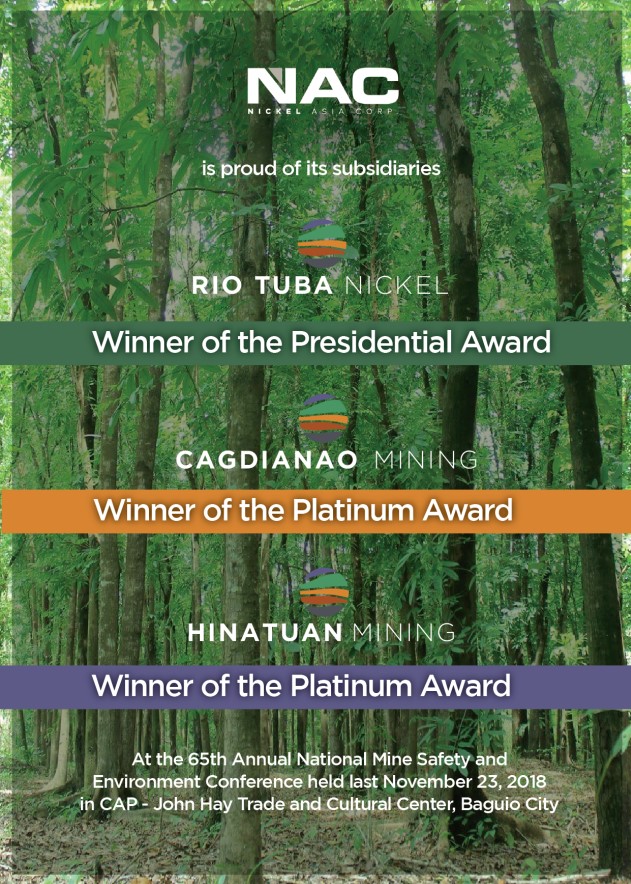Guv rallies province to be the best
“TODAY, NO. 5, TOMORROW, NO. 1
LINGAYEN—”Today, we are only number 5. But tomorrow, we will be number 1″.
This is the promise and battlecry that Governor Amado Espino Jr. launched in his State of the Province Address (SOPA) before the Sangguniang Panlalawigan on February 13 as he rallied Pangasineneses to aim to be the best.
Speaking at the stairs of the Provincial Capitol, Espino underscored his administration’s accomplishments over the last five years and reiterated his commitment to make Pangasinan the number one province in the country by or before 2016.
Based on the scorecard of the Department of Interior and Local Government, Pangasinan ranks 5th among the best performing provinces in the country but is top in Region 1 in terms of economic development, public health, tourism, agriculture, environmental protection and other areas of governance.
AWARDS
Among the recognitions received by the province over the past five years include being the region’s best in hospital management and in local planning and monitoring systems, in implementing projects to reduce poverty, in its regional development agenda, and compliance to the millennium development goals.

Gov. Espino delivers the SOPA
Pangasinan was also last year’s Likas Yaman awardee for the Best-LGU-initiated environmental project for the “Ilog KoBilayen tan Aroen Ko”.
“We are a regional Hall of Famer in Coastal Resources Management, and in the celebration of the National Statistics Month. We are now the leading tourist destination in Region 1, with officially recorded tourist arrivals of 1.3 million during the last four and a half years,” Espino said.
Official records show 418,226 tourists visited the province in 2011, a 23 percent increase over last year.
In 2010, Pangasinan accounted for 49 percent of the total tourist arrivals in Region 1.
He cited the groundwork that has started for the planned eco-tourism zone in a 284-hectare area in Lingayen where a world-class 18-hole gold course is set to be built.
Espino also took pride in Pangasinan’s successful bid to host the 2012 Palarong Pambansa scheduled in May.
INFRASTRUCTURE
The governor also said that since he took the helm of the province in 2007, the province has so far spent P2 billion to improve roads, bridges, agricultural extension facilities, administration buildings, hospitals and health centers, school buildings, sports facilities, and other public utilities and support facilities.
Among the major infrastructure projects underway is the international commercial seaport in Sual, with its causeway leading to the proposed ro-ro (roll-on-roll off) ramp set to be completed by November.
In eastern Pangasinan, the multi-billion re-regulating pond of the San Roque Dam, that will irrigate an additional 31,000 hectares of farmland, is set to be completed by August this year.
HEALTH CARE
All the province’s 14 hospitals, he said, have steadily evolved from what used to be “decrepit structures and poorly managed facilities” to their present state as “highly patronized centers of quality health care”.
He noted that aside from the increased budget allocated by the province to these hospitals, the province received grants from the Department of Health, the European Commission, the United States Agency for International Development, and other partner agencies for healthcare.
 From 2007 to December 2011, a significant portion of the P386.9 million so far donated by these agencies under the Formula One for Health project was used to equip hospitals with vital diagnostic equipment.
From 2007 to December 2011, a significant portion of the P386.9 million so far donated by these agencies under the Formula One for Health project was used to equip hospitals with vital diagnostic equipment.
As a result, all the province’s hospitals are now operating beyond their approved bed capacities, at an average of 130 percent.
The Pangasinan Provincial Hospital in San Carlos City, with a bed capacity of 150, has been serving as many as 480 patients a day.
From a total of 159,000 patients treated by these hospitals in 2006, the figure had grown to some 463,000 patients by 2011. At the same time, these patients have been subsidized by the province at an average rate of P467 per patient in 2006 to P685 per patient in 2011.
Records also show that since 2008, Pangasinan has remained on top of all provinces nationwide in the PhilHealth-sponsored program, with some 265,000 indigent families covered by the insurance.
As of last count, including the new enrollees sponsored last year by the DOH under the National Household Targeting System, there are now 295,422 certified indigent families in Pangasinan who are ensured in PhilHealth.
In 2009, Pangasinan was national champion in the Garantisadong Pambata Program for outstanding performance in national nutrition program.
The program achieved a decrease in malnutrition rate for children between 0-5 years old, from 6.65percent in 2007 to 4.16 percent in2010, the lowest recorded in Region 1. Its under 5 mortality rate of 3.56 percent is also the lowest in Region 1, where the regional average is 6.54 percent.
FOOD PRODUCTIOIN
In food production, Pangasinan has maintained its leadership position as the biggest rice producer in Region 1, contributing at least 60 percent of the regional production, making Pangasinan the second biggest rice producer next to Nueva Ecija.
The provincial rice program received a big boost with the completion of the Korean government-assisted Rice Processing Center in Sta. Barbara town.
In its climate change mitigation program, Pangasinan cleared about 180 kilometers of the Agno River and its tributaries, recovering 92,300 cubic meters of silt, and is the only province in Region 1 that operates a mangrove farm.
In his speech, Espino deplored that “there are still a few people in the midst who are trying to prevent the province from moving forward”.
He stressed that his administration will not be held back from its goals by “obstructionists”, “sore losers” and “non-performers”.
“We will remain steadfast and continue to be focused on our strategic directions, and our vision for a better Pangasinan,” Espino said.






